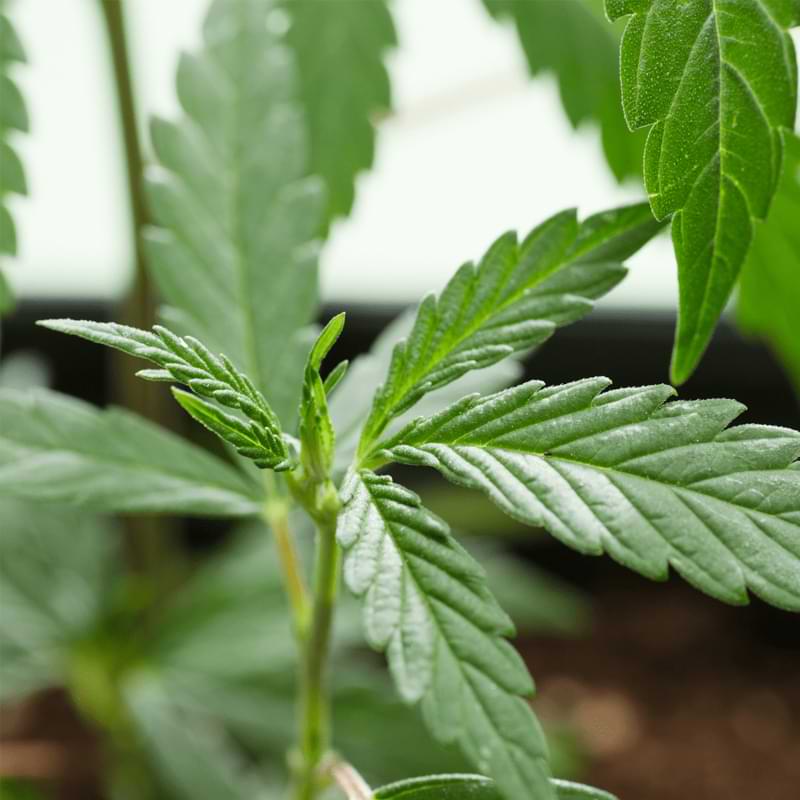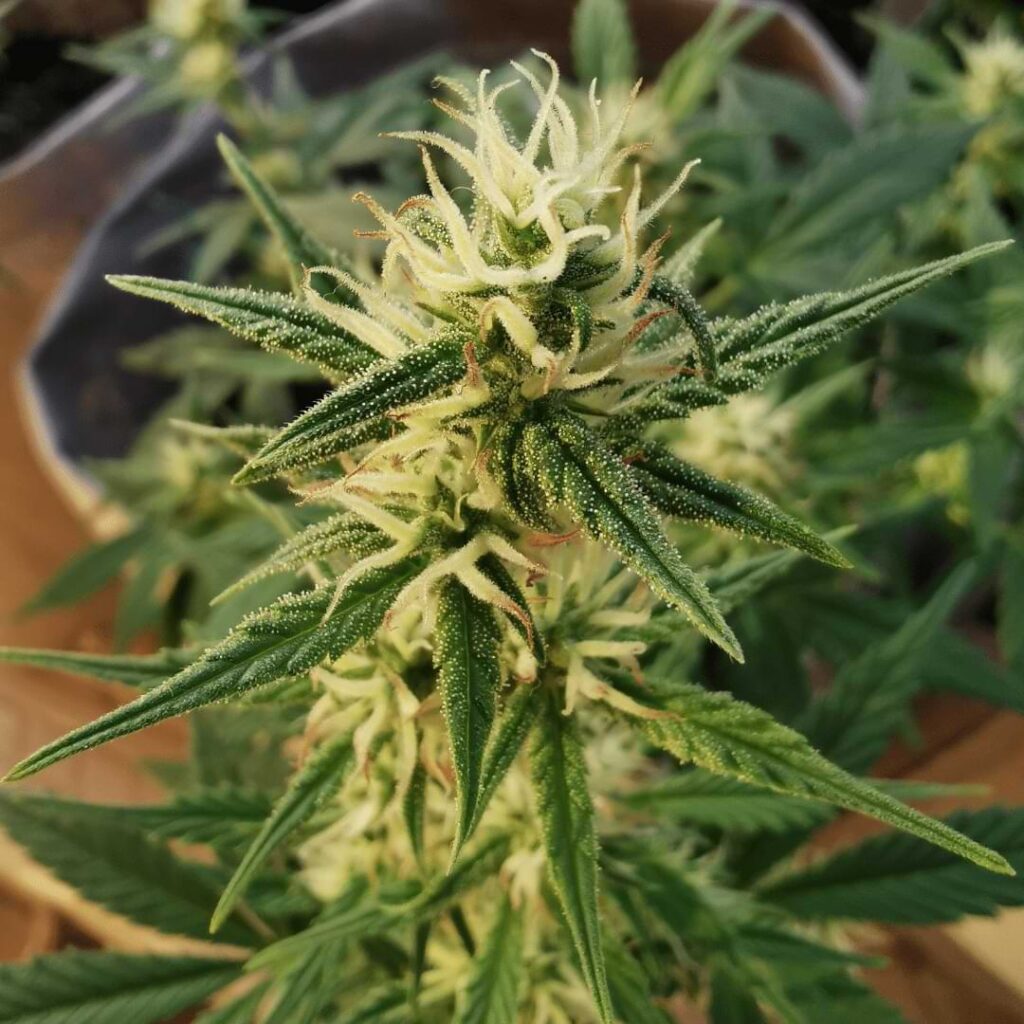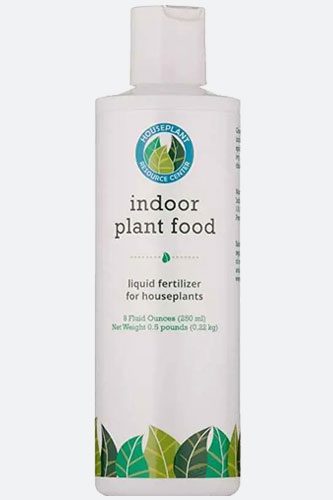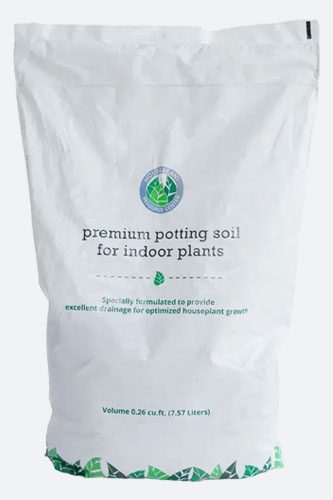As cannabis cultivators, we are constantly seeking ways to optimize our plant’s growth and enhance the potency of our harvest. One crucial technique in this pursuit is flushing autoflowers.
Flushing refers to the process of purging your plants of any accumulated nutrients and minerals in their growing medium before harvest.
A good time to flush autoflowers is two weeks before you harvest them. For some strains with an 8-week flowering cycle, you can start flushing them 6 weeks after the start of the flowering phase.
In this blog post, we will explore the ideal timing for flushing autoflowers, the methods to execute this process, the appropriate PPM (parts per million) for flushing, and the compelling reasons why flushing is an essential step in the cultivation of autoflower cannabis plants.

When To Flush Autoflowers During Cannabis Plant Growth?
The general rule of thumb is to begin flushing approximately one to two weeks before the anticipated harvest date.
During this time, you want to cease feeding your plants with nutrient-rich solutions and instead supply them with only plain, pH-balanced water. This strategic timing ensures that the plant has enough time to use up any stored nutrients, resulting in a cleaner, smoother smoke that accentuates the plant’s natural flavors and aromas.
How To Flush Autoflowers?
First, stop administering nutrient solutions and rely solely on pH-balanced water for watering. Make sure to give your plants about 6 to 10 gallons for plants holding a 3-gallon container. Simply, pour water onto your plants until your plant pots have water draining on the bottom.
During the flushing period, monitor the pH, PPM, and water intake. You don’t want to overwater your plants so be sure to wait 10 minutes after every water pour.
Continue this regimen until you reach the desired harvest date, ensuring proper hydration for the plants without overwatering.
What PPM Should You Flush Autoflowers?
The appropriate PPM level for flushing autoflowers is generally at or slightly below 50 PPM. By monitoring the runoff water from the plants after watering, you can gauge the PPM level and determine when it reaches the desired range.
Once you achieve the target PPM, it signifies that the plant has utilized most of the stored nutrients, and the flushing process has been successful.
Keep in mind that the PPM levels can vary slightly depending on the specific strain and growing conditions, so always rely on visual cues and measurements to make accurate judgments.
Flushing Autoflowers: Why Do This to Cannabis Plants?
Flushing autoflower cannabis plants serves multiple vital purposes that significantly impact the quality of your final harvest.
It helps prevent nutrient buildup, which can lead to an unpleasant taste and harsh smoking experience.
By flushing, you ensure that your cannabis buds are free from any residual chemicals, resulting in a purer and more enjoyable smoke.
Flushing contributes to improved terpene retention, highlighting the unique flavors and aromas of your chosen strain.
This practice promotes a smoother burn and a more even ash, indicating a well-cultivated product that will undoubtedly impress even the most discerning cannabis connoisseurs.
Mastering the art of flushing autoflowers is a pivotal step in achieving exceptional cannabis cultivation results.
By adhering to the right timing, employing proper flushing techniques, and monitoring PPM levels, you can elevate your harvest to new heights of excellence. Embrace the power of flushing and savor the rewarding experience of enjoying top-notch cannabis grown with care and finesse.
For more info on optimizing your cannabis grow space, check out, you can register for our free Ultimate Marijuana Home Growing webinar. Subscribe to our newsletter to get updates about indoor and outdoor growing tips. New subscribers receive a free Quickstart Guide to Growing Marijuana Ebook and they can join our Weed Wisdom Facebook Community.







